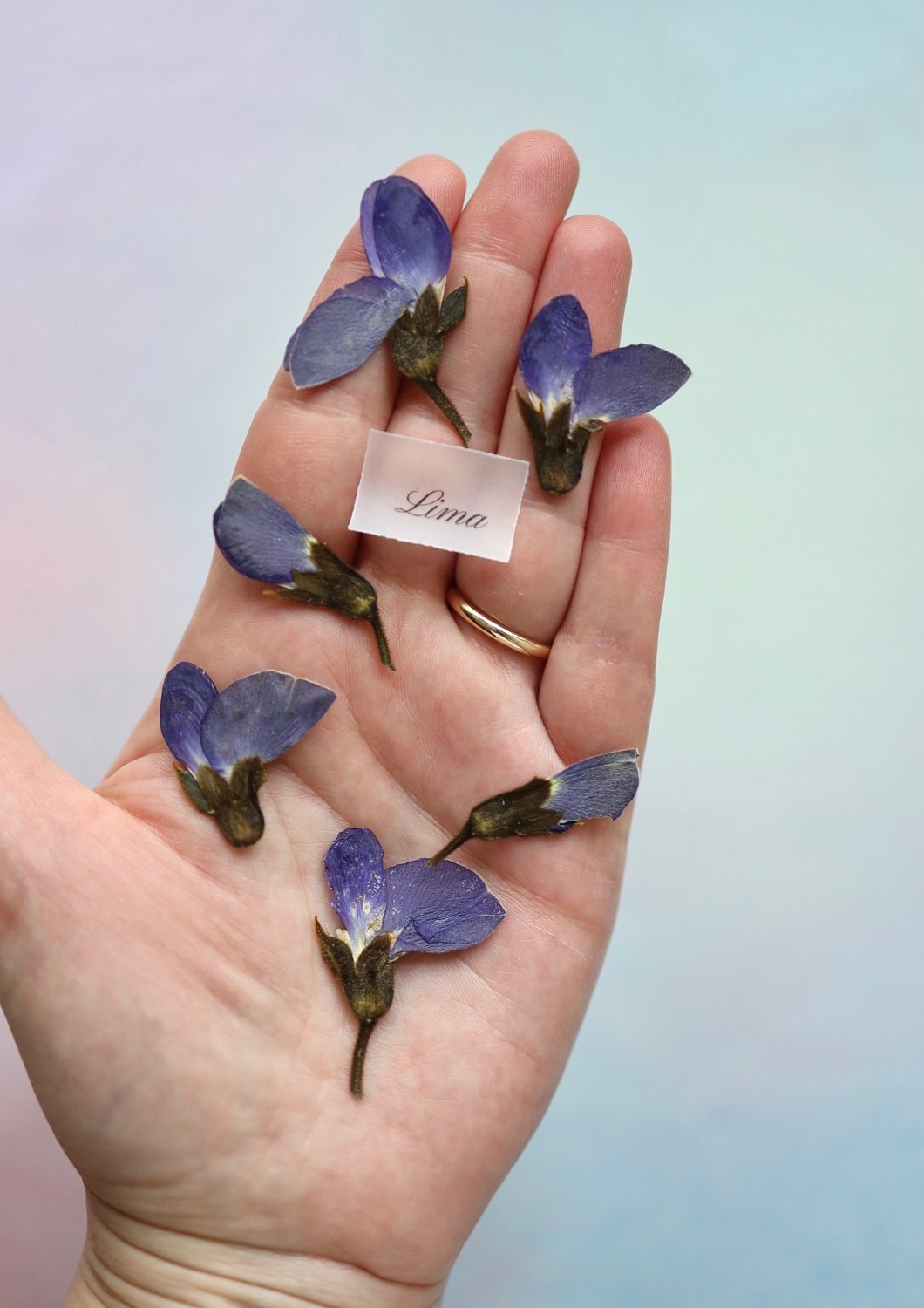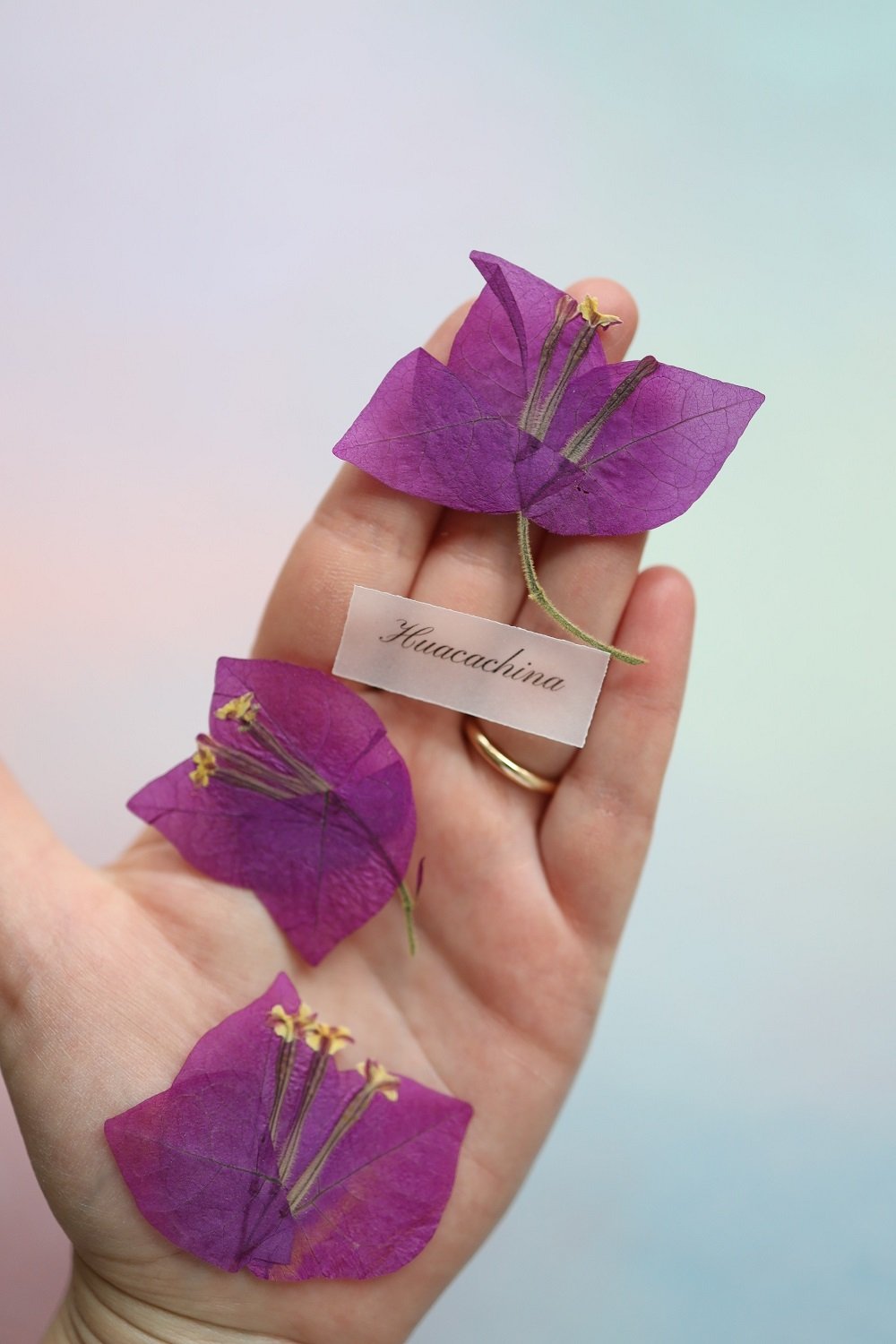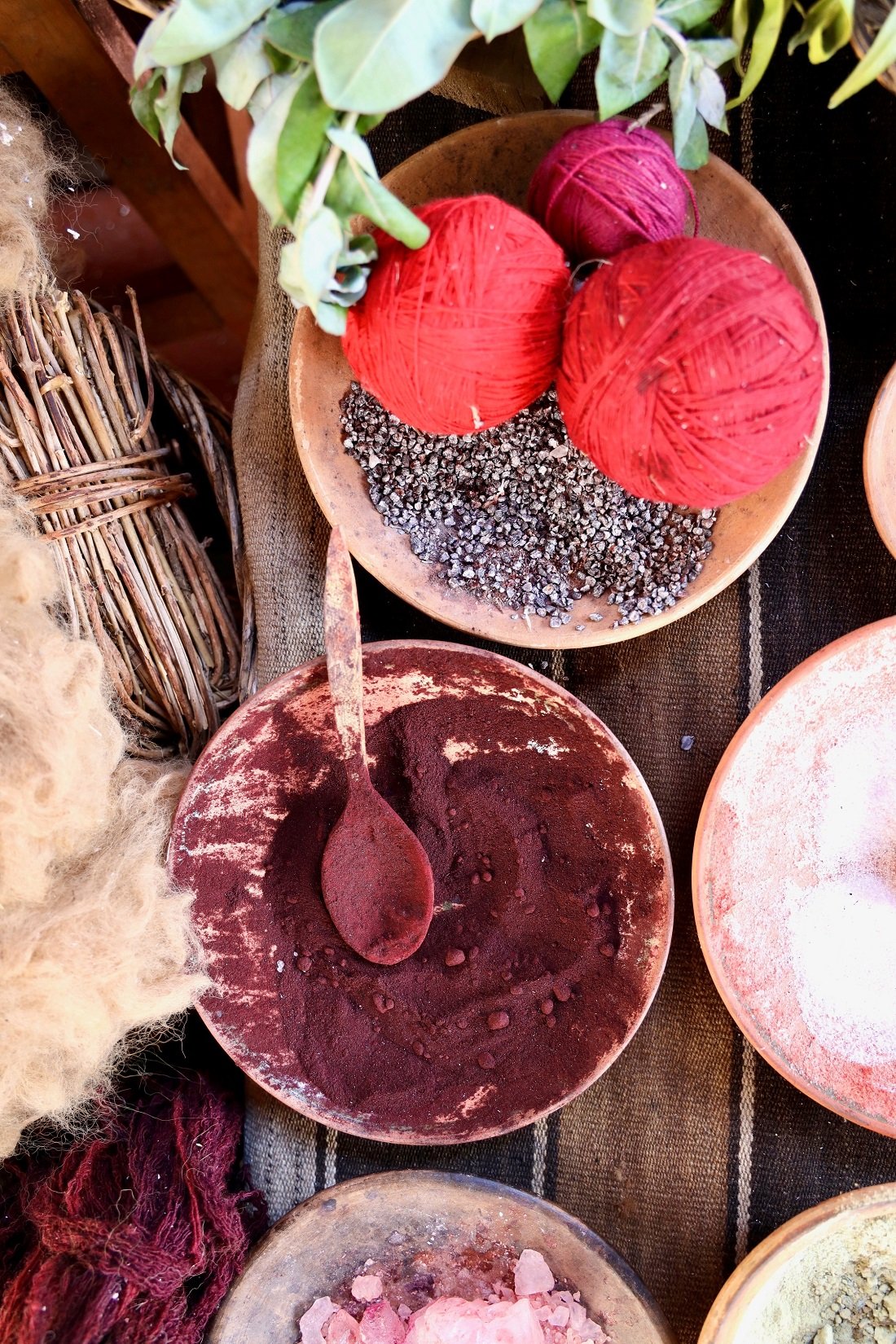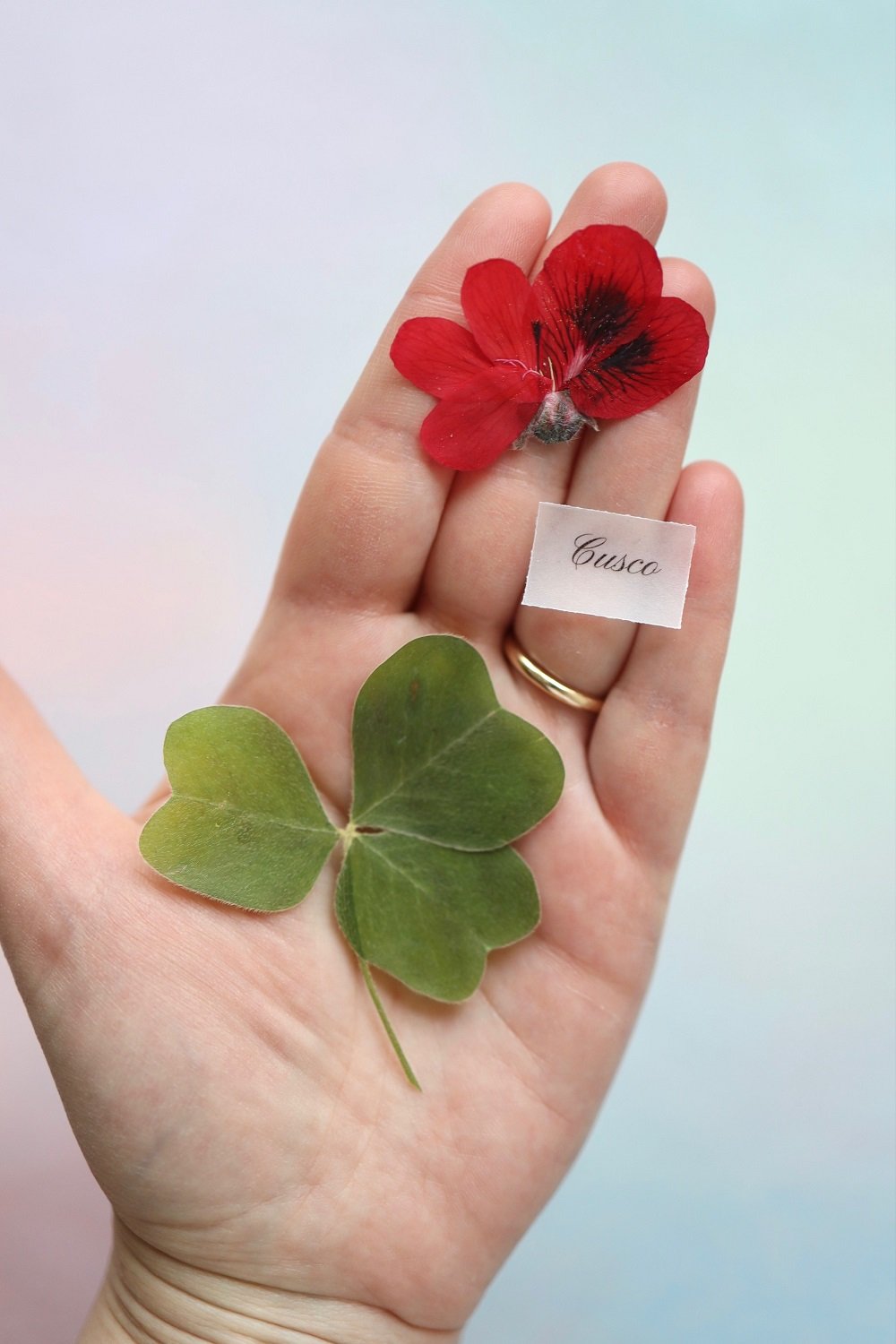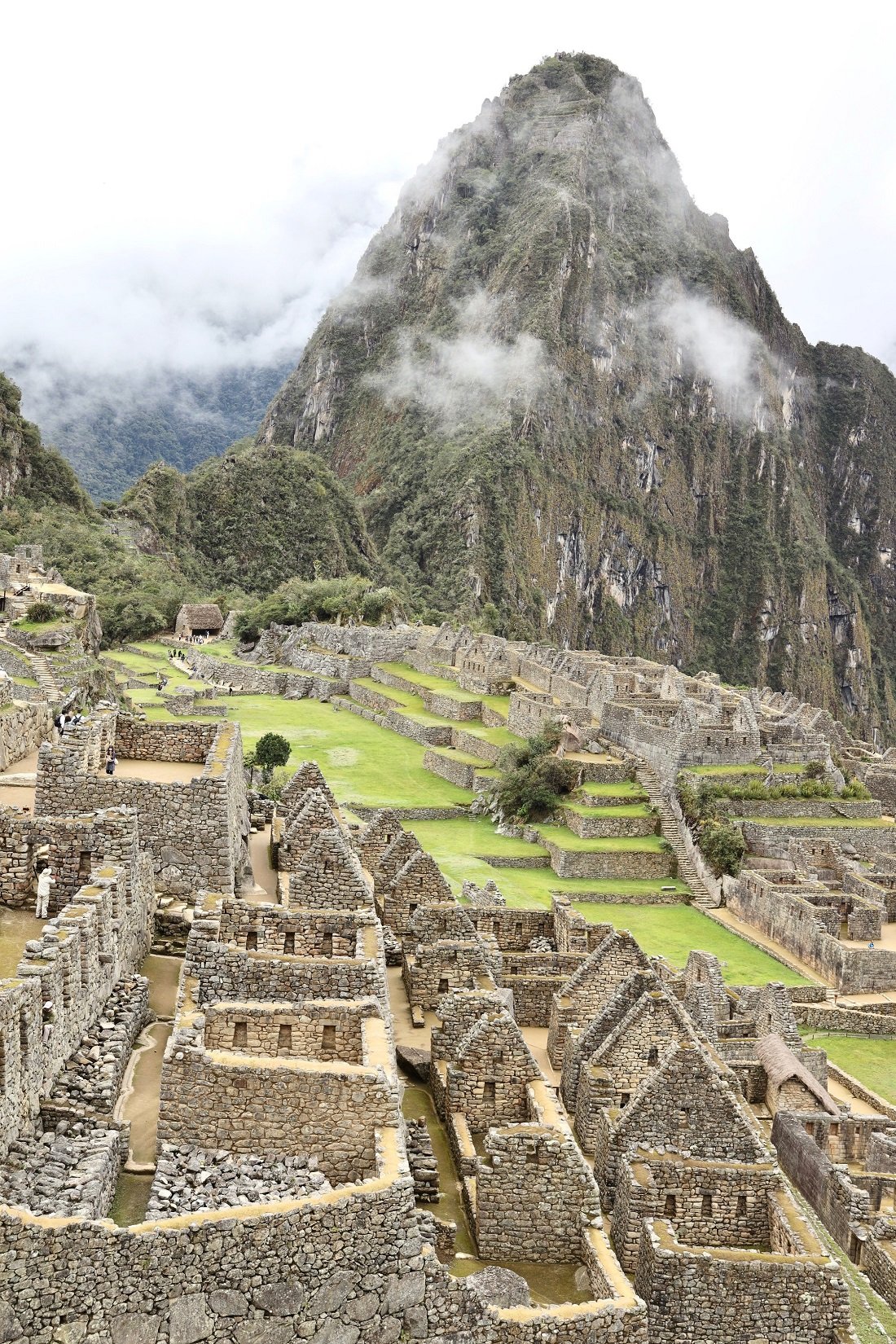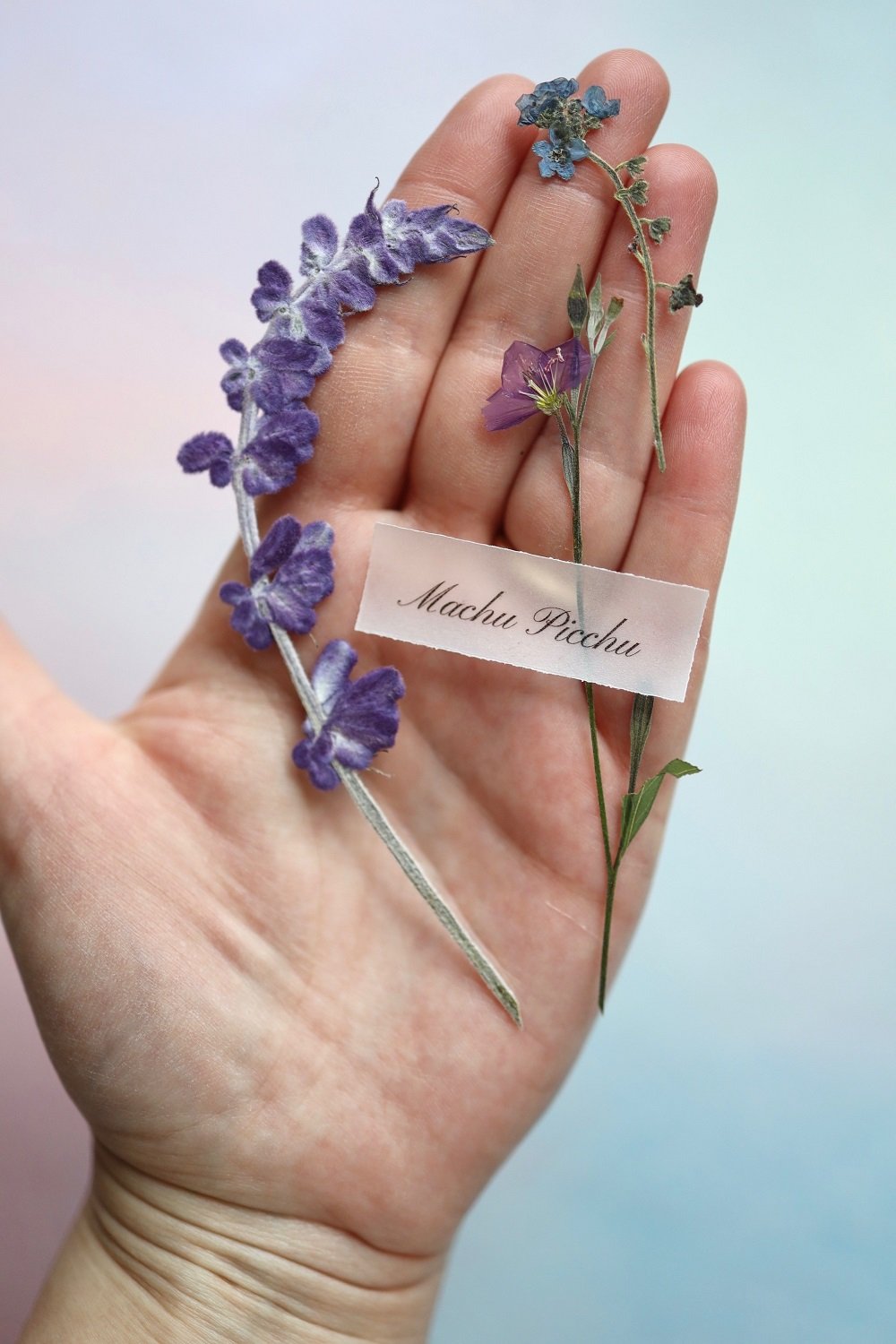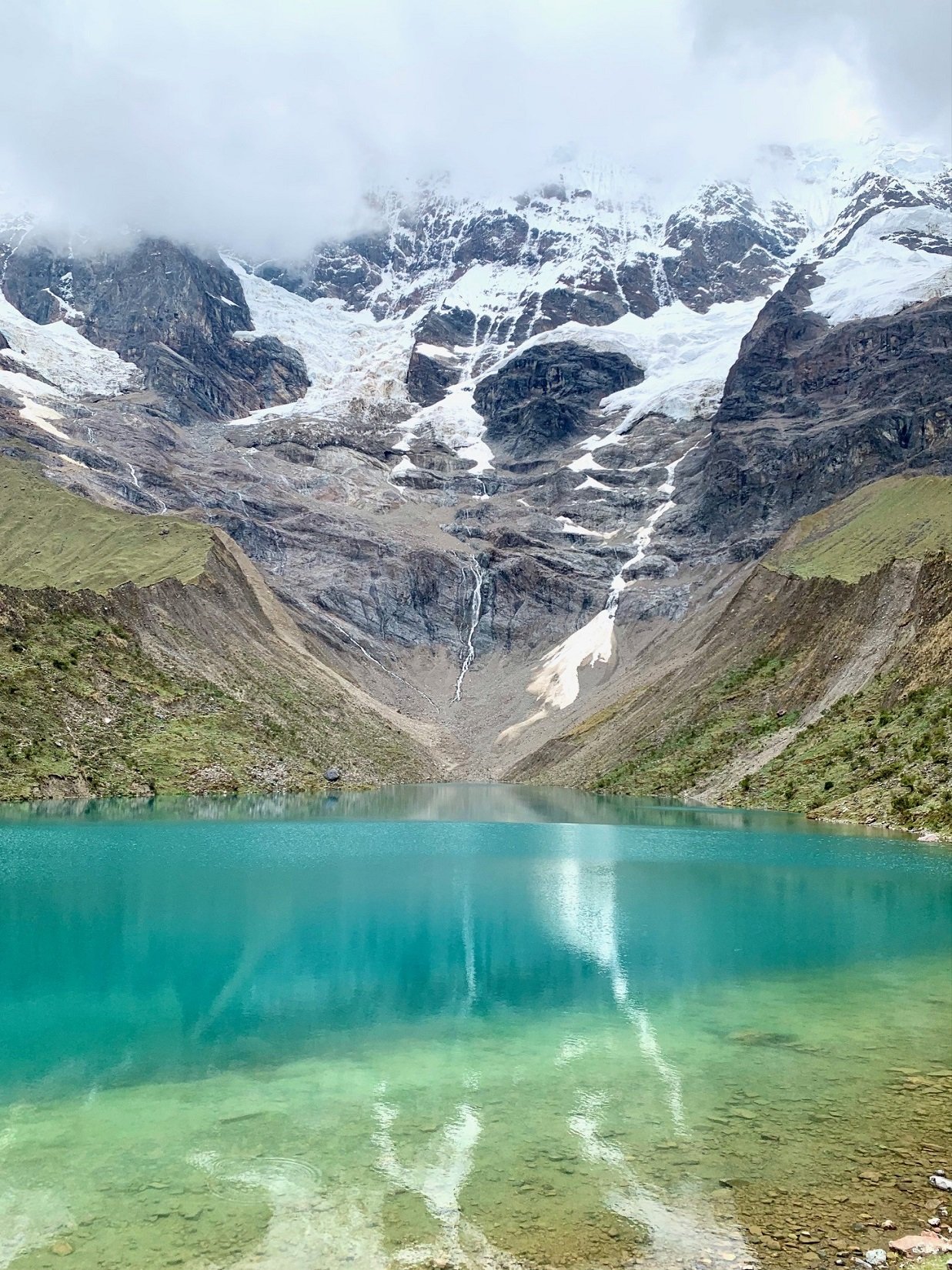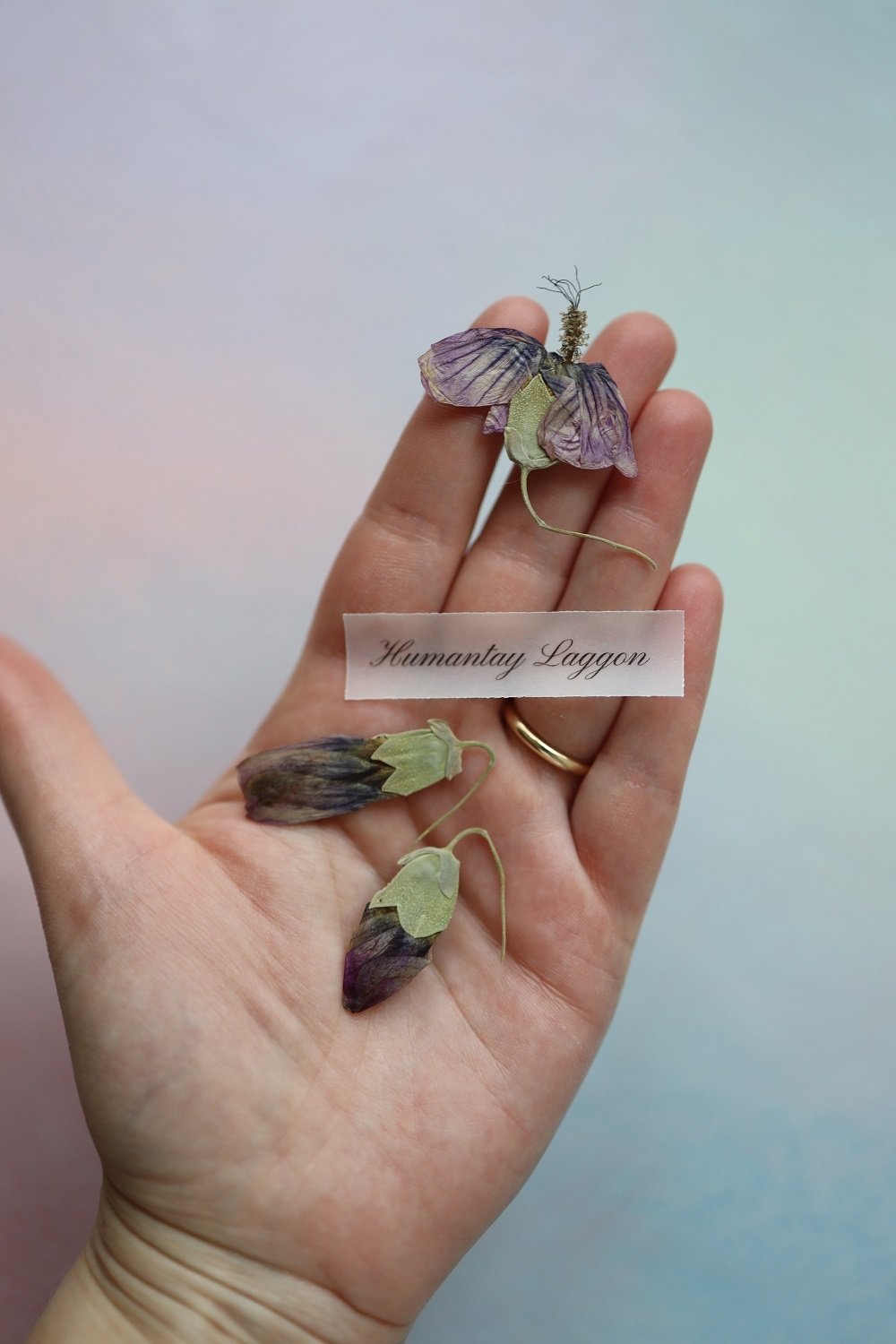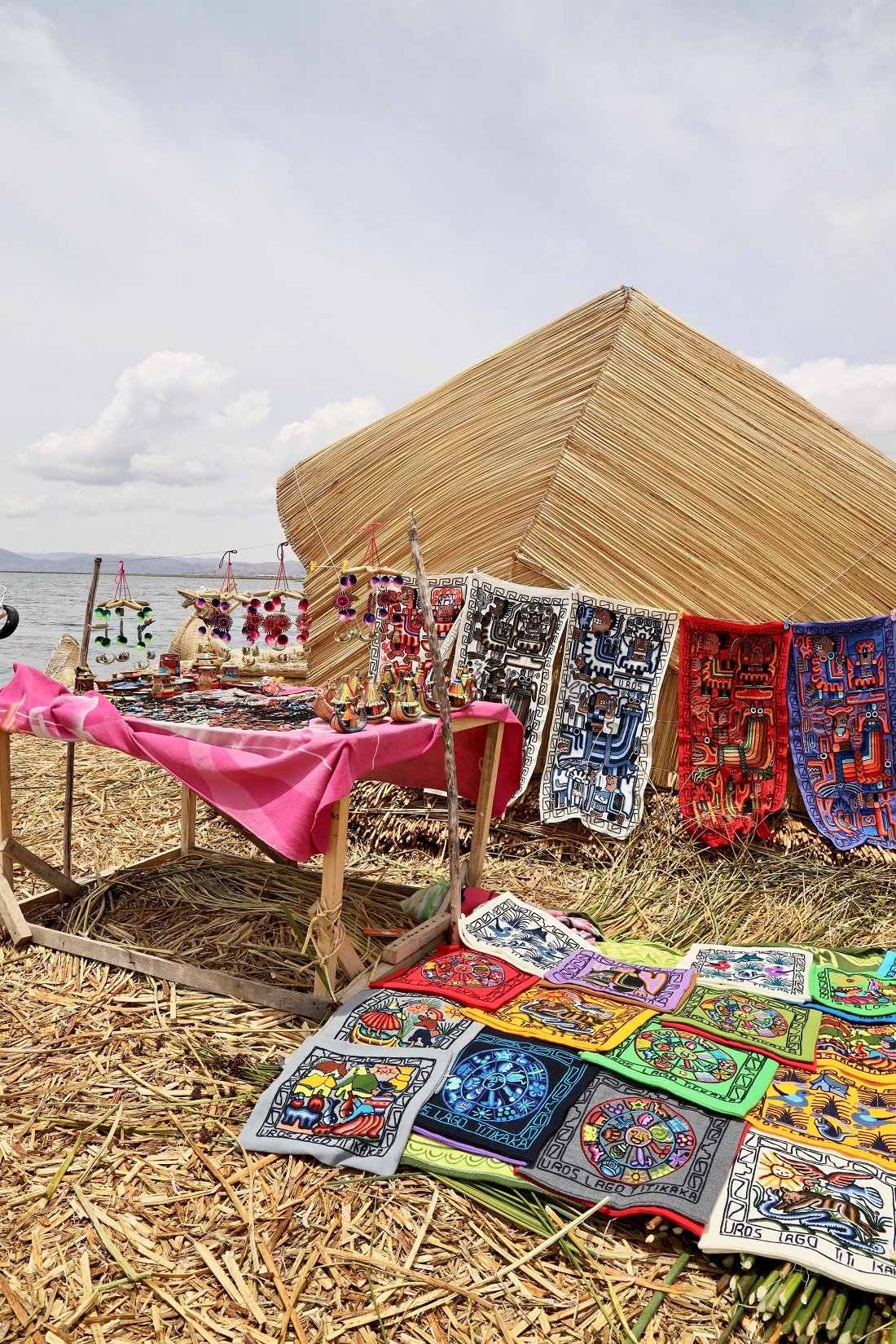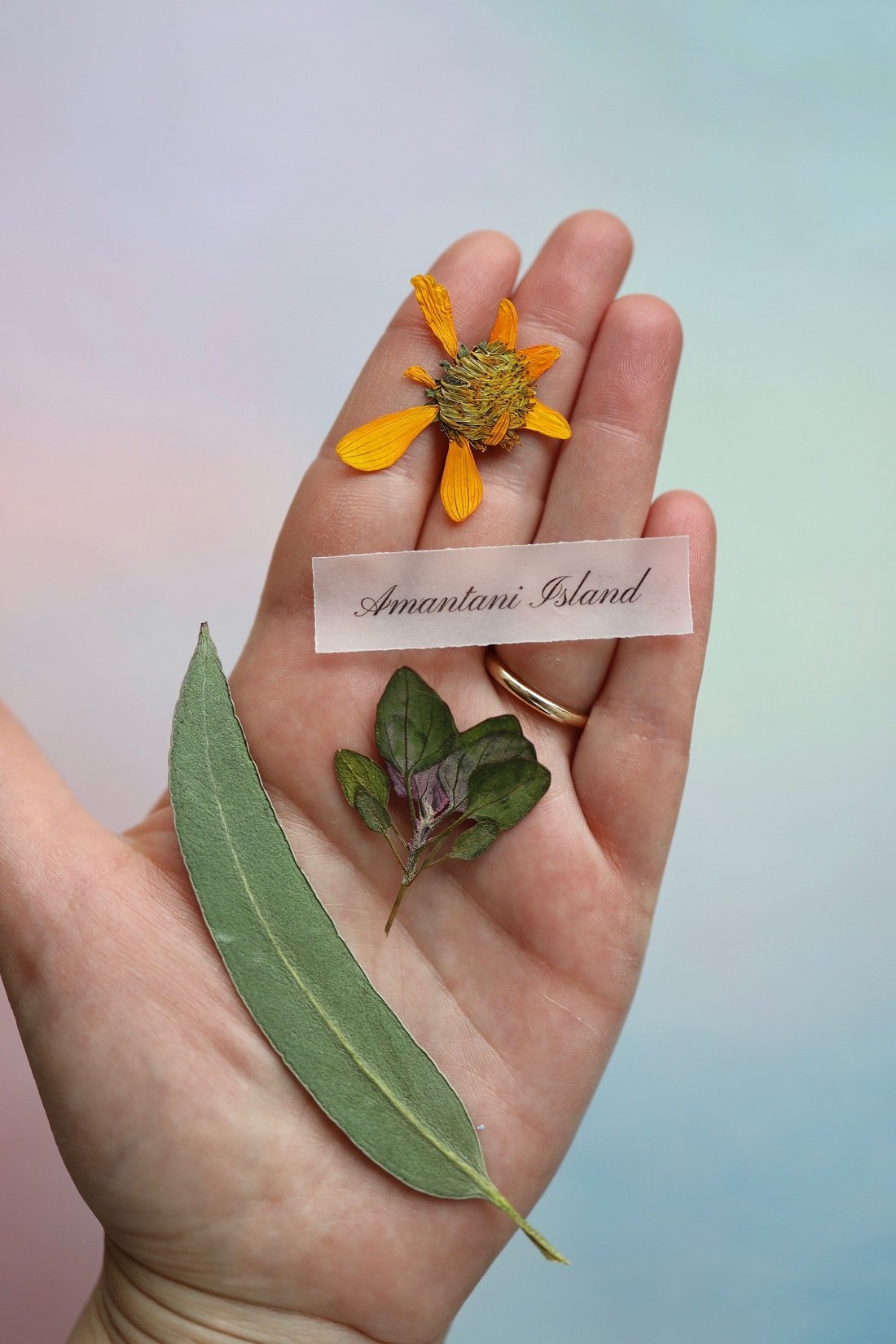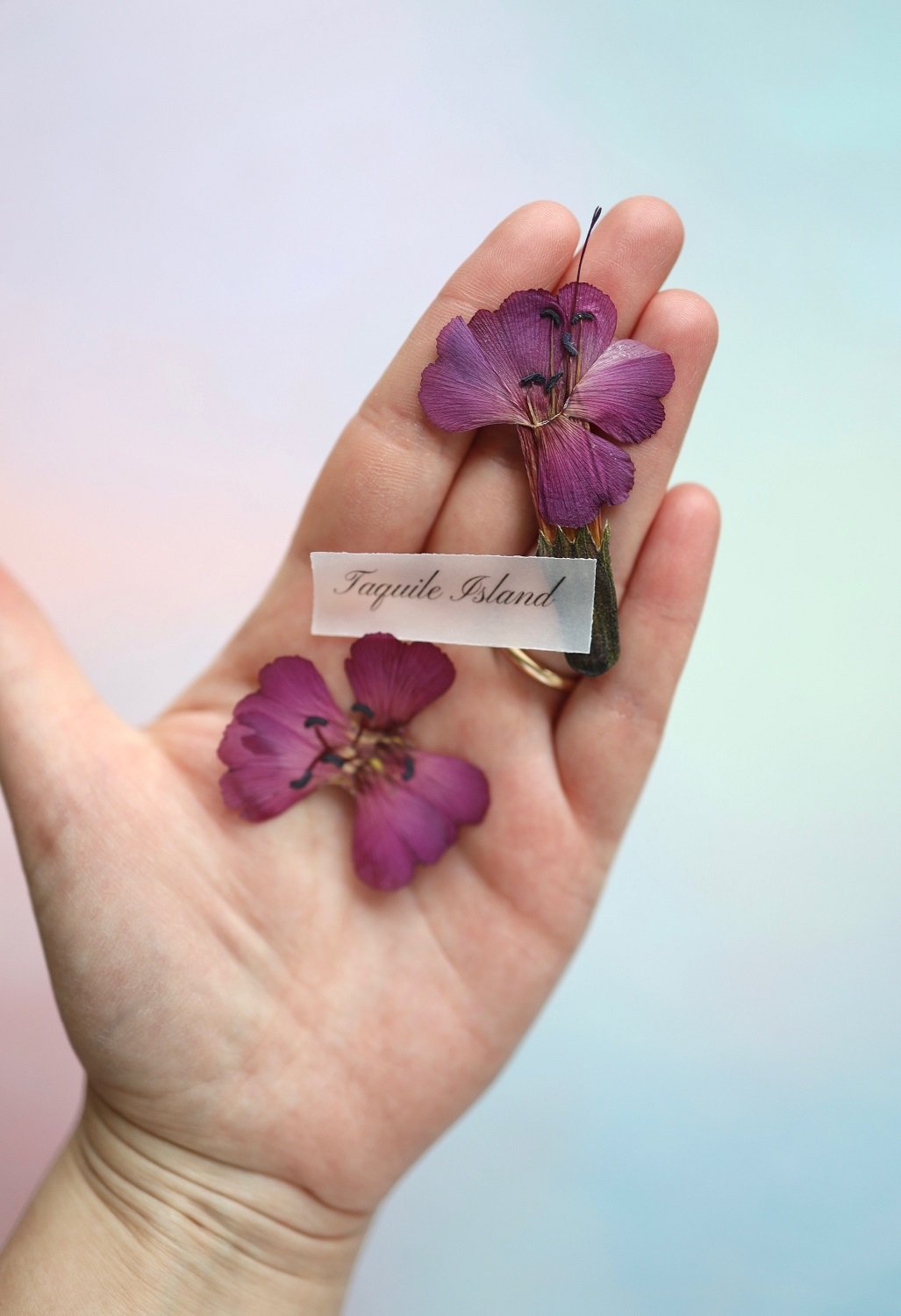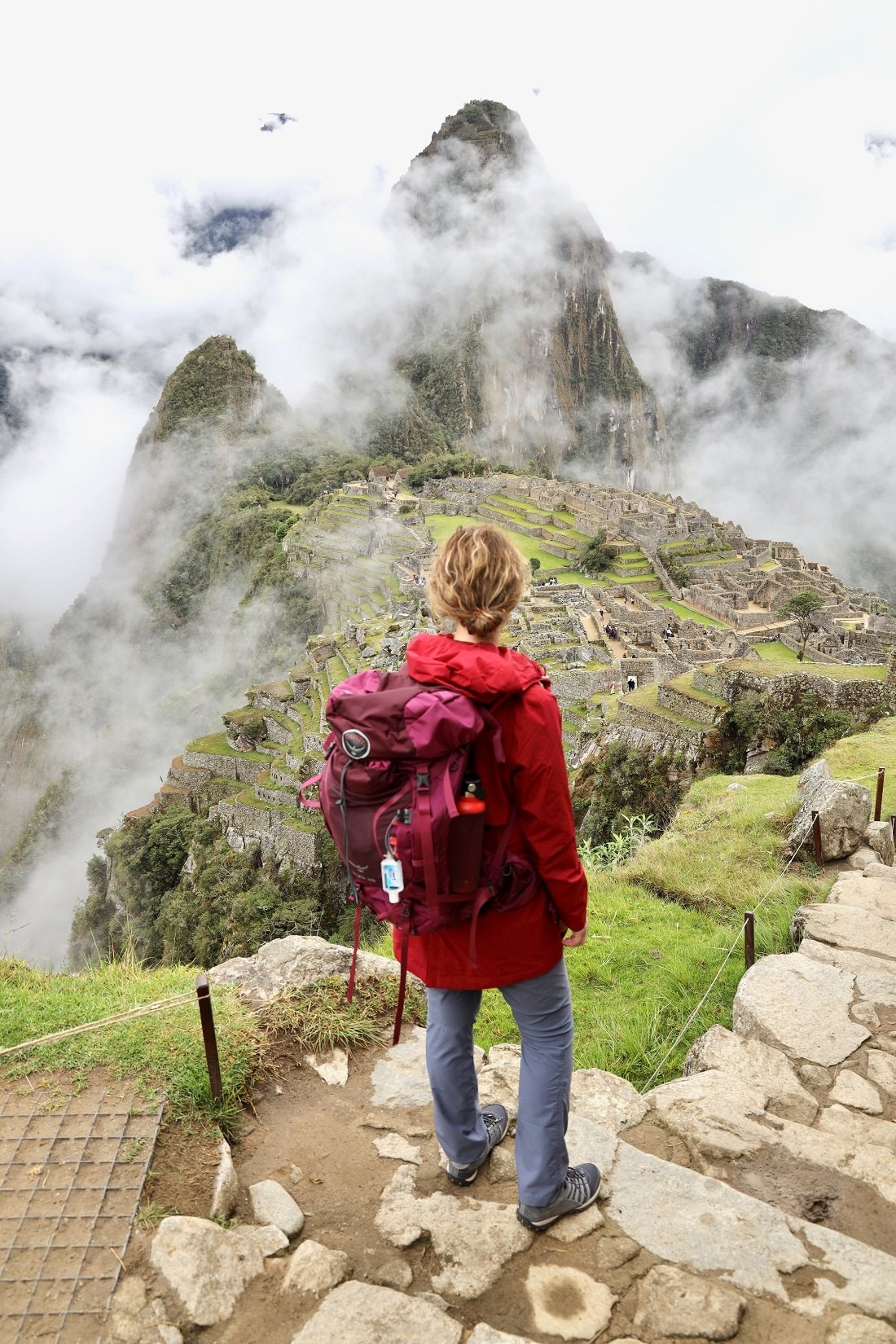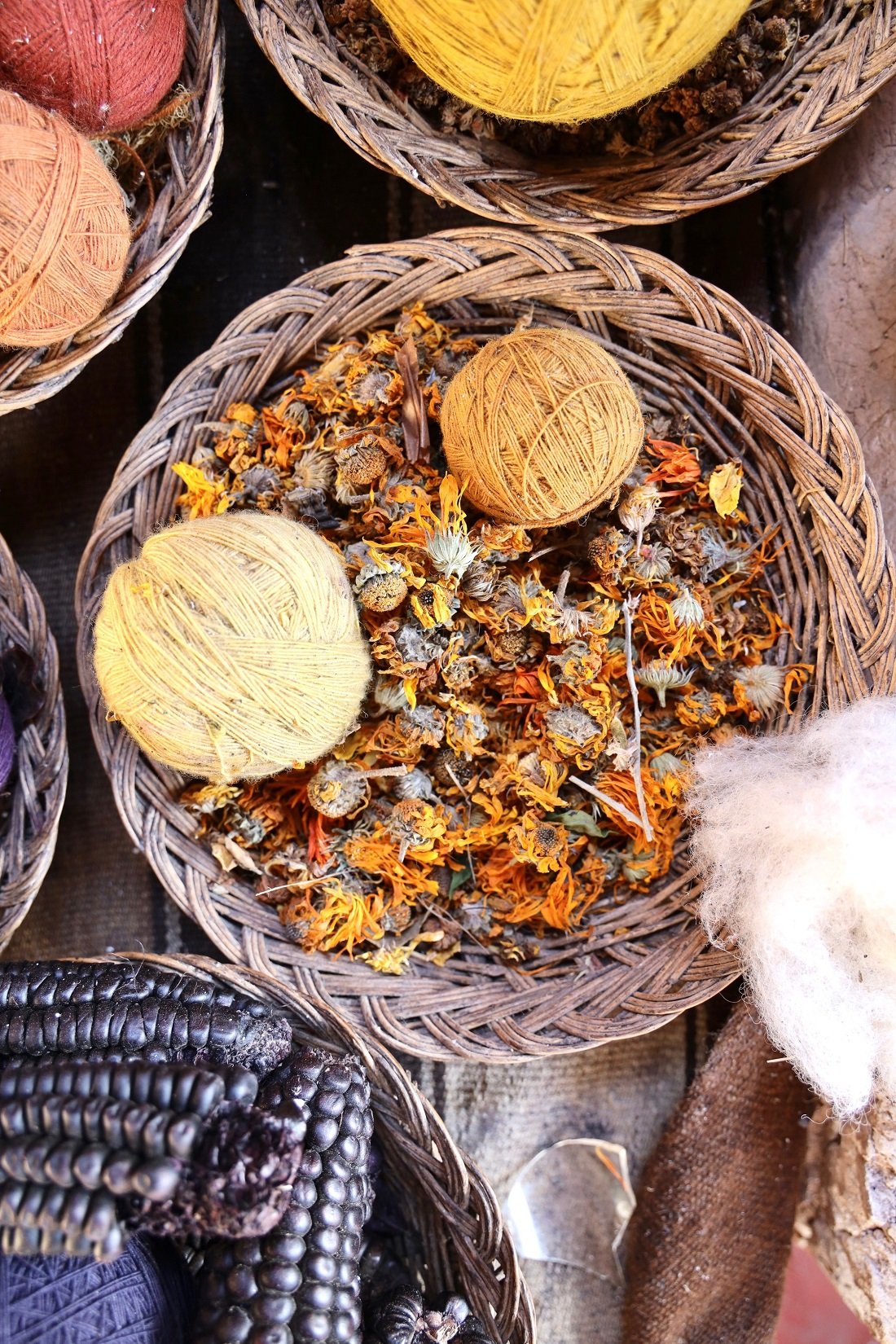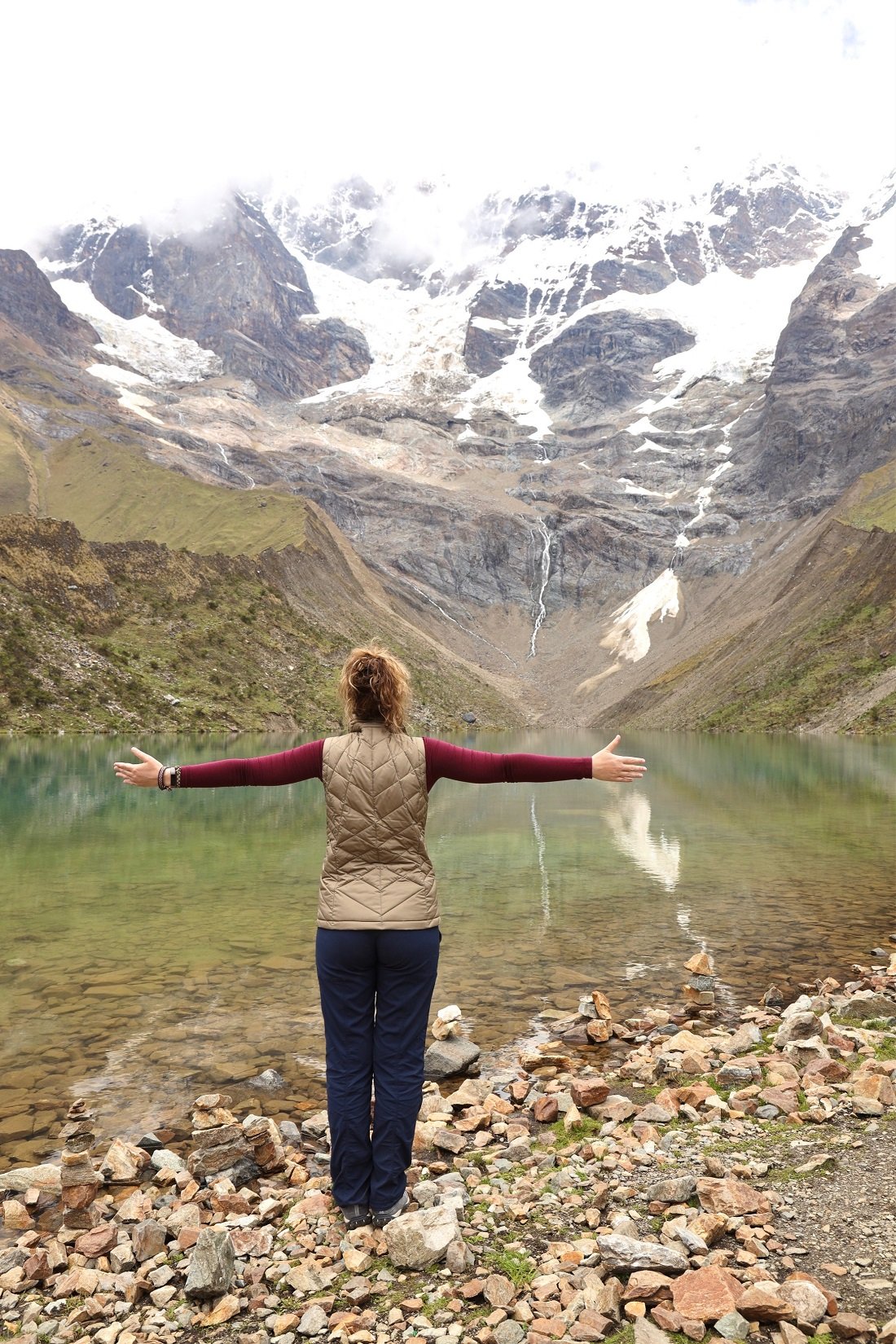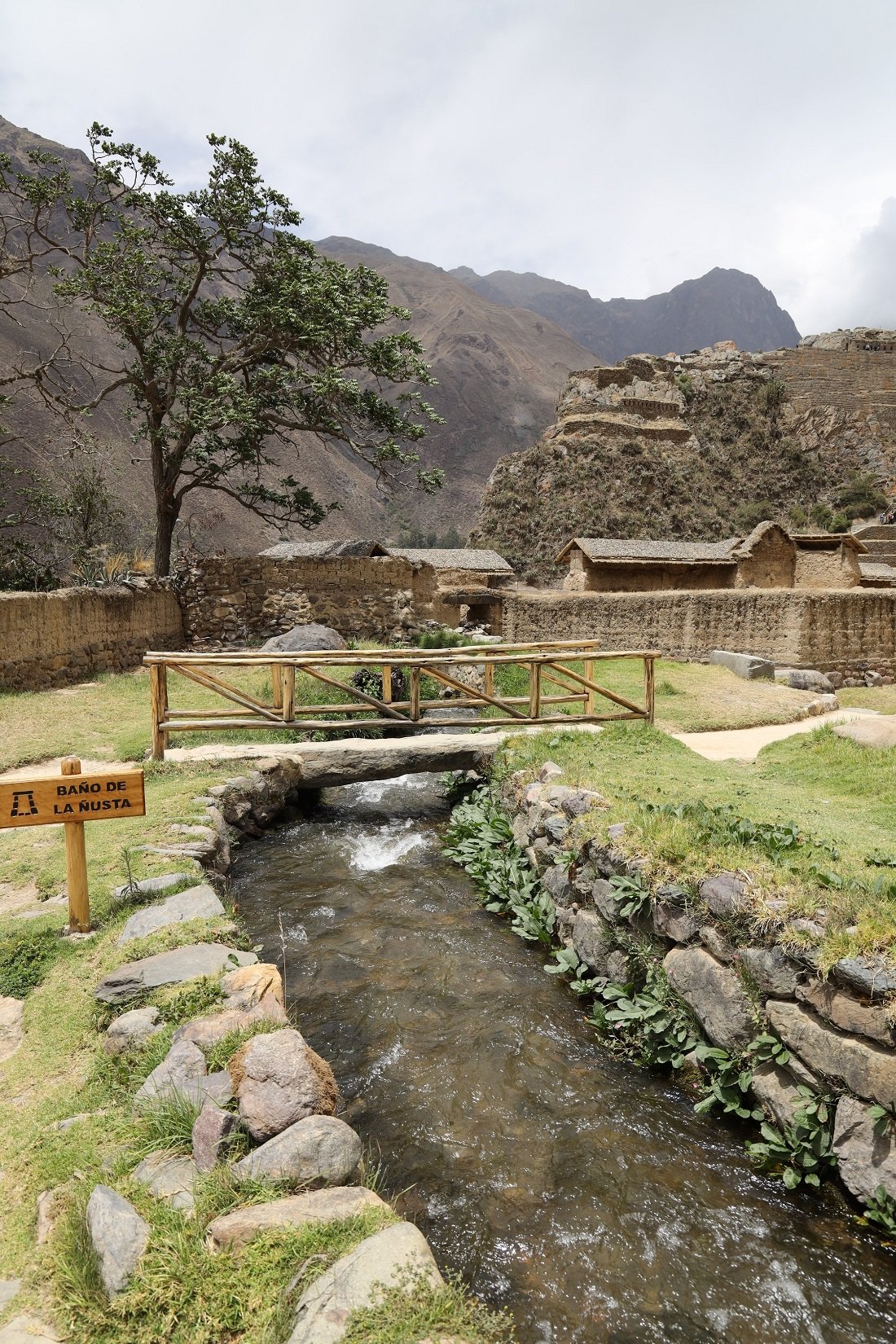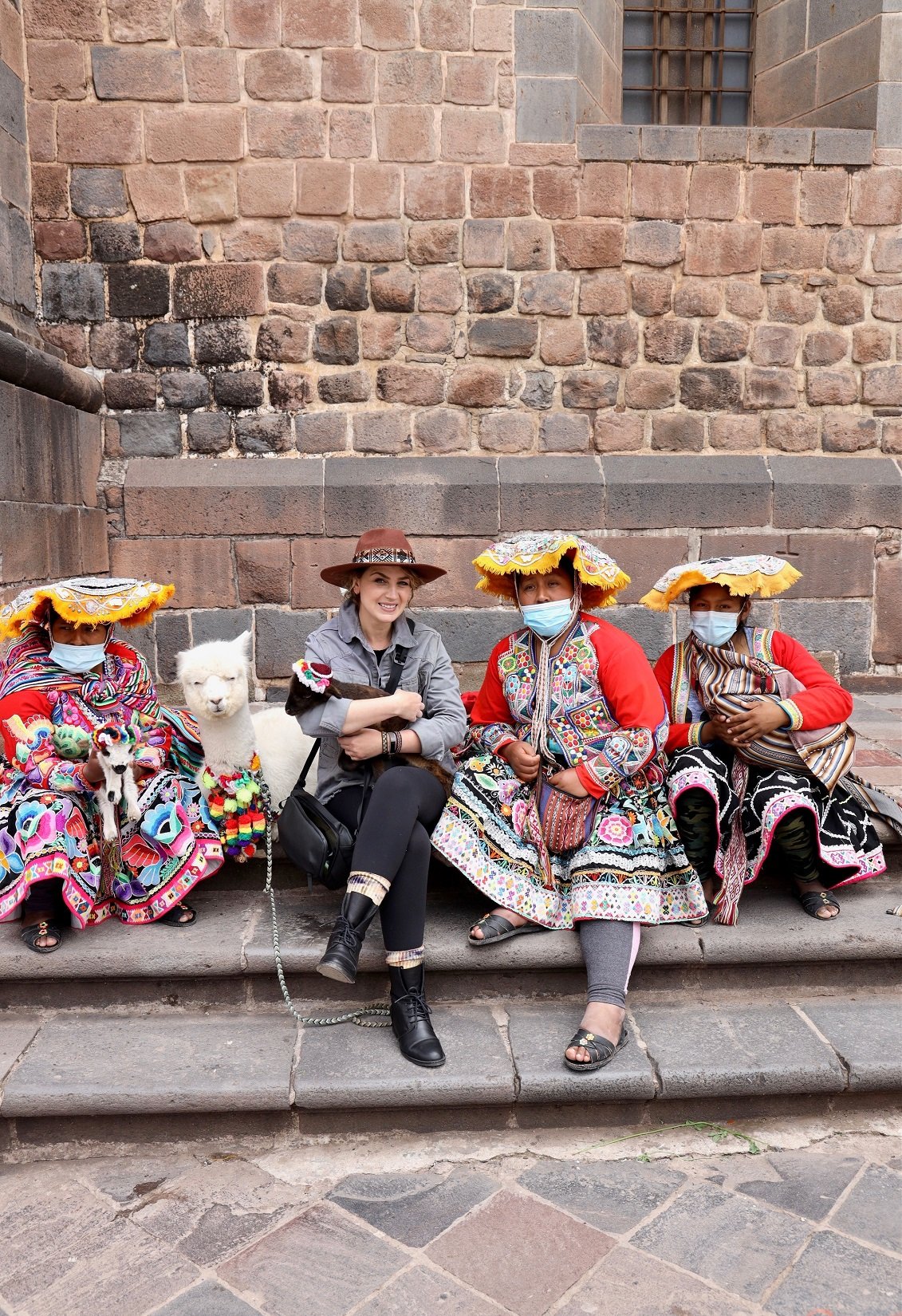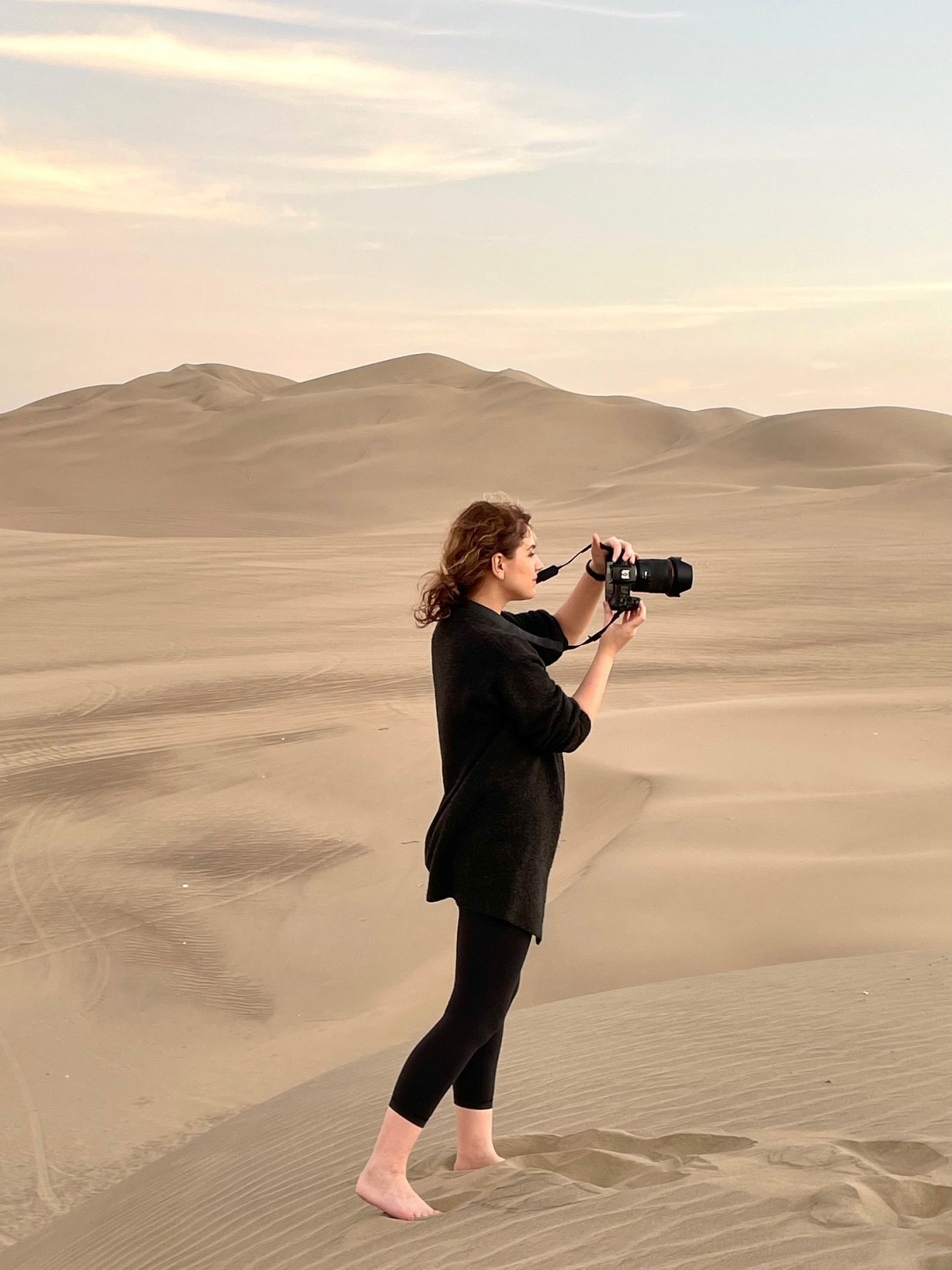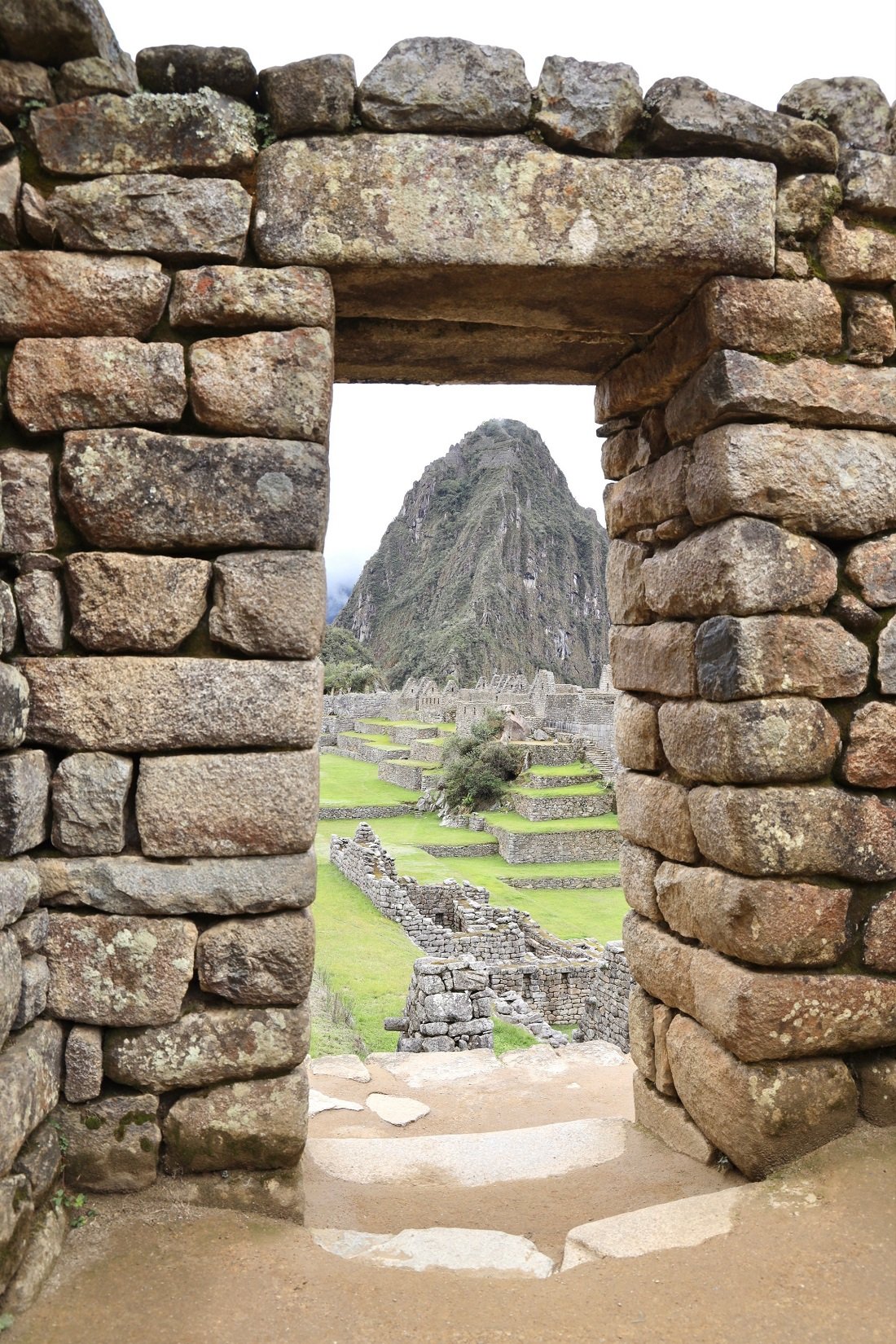Pressed Flowers Are The Best Travel Souvenirs
Is there a physical space or moment in time that you wish you could freeze and take with you? I wished so many times to memorialize my surroundings, especially during my travels — from breathtaking sceneries to random acts of kindness by locals. Besides taking numerous photos, I started collecting flowers on my trips, hoping to preserve tiny sentimental pieces of Nature from hikes and such.
The other day while going through my piles of florals, I found a very special collection of pressed flowers, gathered two years ago during my travels through Peru. For a moment, those colorful and lively pressings took me back to the magical Andes and unique Peruvian cities and villages. I wanted to inspire others and give the idea of a simple way to preserve a moment in time and bring home the most unique souvenirs.
With some of my photos and a handful of flowers, I will walk you quickly through Peru, one of my all-time favorite countries.
Our journey started in Lima. We spent a few days discovering the city, walking the streets of Miraflores, visiting the main attractions, making friends with locals, and enjoying the city vibes.
From Lima, we went on a 5-hour ride, to Huacachina, a village built around a small oasis in southwestern Peru. The perfect end to the day was a fiery desert sunset and a night spent in the oasis. The next morning, we woke up very early, climbed the sand dunes, and watched the most beautiful pink sunrise. While walking around the oasis, I noticed so many flowering magenta Bougainvillea trees, so I picked a few pretty blooms and tucked them inside of my travel flower press.
“Pressed flowers are the most unique souvenirs”
After a short stop at the city of Ica, we went on a boat ride to Ballestas Islands, home to sea lions, pelicans, and Humboldt penguins, after which we headed back to Lima and hopped on a plane to Cusco. Cusco was once the capital of the Inca Empire — the city is filled with colonial architecture, cobblestone streets, cute cafes, must-eat restaurants, and handmade shops.
To allow ourselves to adjust to high altitudes, we split our time between Cusco and Ollantaytambo, the cutest small place, nested in Sacred Valley. This authentic ancient village is about an hour and a half from Machu Picchu. Besides beautiful mountain views, agricultural terraces, ancient ruins, colorful customs, peaceful mornings, lovely people, and endless eucalyptus fields are the first thing that comes to my mind when I think of our stay at Ollantaytambo.
From there, we visited one of the seven world wonders — Machu Picchu, the lost city of the Incas. There are few things in life as indescribable as the first moment I saw Machu Picchu. The best description might be ‘the magical fortress above the clouds’ which seemed even more mystical when we first arrived, with mountains hiding behind the puffy clouds. And regardless of my efforts, no pictures can justify the beauty or energy of this place. On our hikes to and from Machu Picchu, I collected sage flowers and the cutest forget-me-nots.
Over the next week, we explored the region further, including Moray, Pisac, Salt Mines, Chinchero, and Humantay Lagoon. I must say that both my husband and I are passionate hikers but high altitudes made the hike to Humantay Lagoon extremely hard (the hike starts at 12,700 feet and the lake is at 13,900 feet). While the incline is very steep in some places, the hardest part was catching my breath. We made countless breaks and finally made it to the top. Stunning views of a vibrant turquoise lake surrounded by massive snowcapped mountains — it was definitely worth the struggle!
After a farewell dinner, we parted with our amazing hosts, Edith and Stijn, hoping that we will meet again. I loved hearing their love story — Edith is Peruvian born and raised while Stijn is Dutch. They met in Belgium where Edith went to study and spent 15 years working as a nurse. In the end, they decided to move and raise their family in her native Peru, with Stijn being the one who insisted. They now manage a cute little bed & breakfast lodge in the heart of Ollantaytambo. Life works in mysterious ways!
From Ollantaytambo, we headed to Puno, a high-altitude town located in southeastern Peru. Puno is settled 12,565 feet above sea level and it is the departure point for the islands of Taquile and Amantani, both in the Lake Titicaca. Lake Titikaka is the world's highest navigable lake nested in the Andes mountains on the border of Bolivia and Peru.
We decided to spend a night at Amantani Island and to get there, we took a 3 hour boat ride from Puno to Amantani. A part of the tour was a stop at the fairytale-like Uros floating islands where we learned about the distinctive lives and traditions of their residents. The islands are made entirely from Totora reeds and Uros people live of fishing and selling their reed handicrafts.
Our experience at Amantani Island was a quite unique since we arranged a homestay with a local family who shared their home and meals with us. They even took us to a small nearby party to learn about their traditional dances and customs. Earlier, we climbed the hill and watched the dreamiest sunset from atop — a view across Lake Titicaca revealed Bolivia. Along the way, our hosts talked about the agriculture of the islands and pulled a few sprouts from the ground while we were passing potato and quinoa fields. You can guess where those sprouts ended up — yup, in my flower press! Besides potatoes and quinoa, there isn’t that can grow at such high altitudes. Also, all residents are vegetarians and there are no lights or motor vehicles on the island.
The following day we enjoyed breakfast with locals and our hosts walked us to the boat to Isla Taquile. Even though these two islands are close by, they are very different. For example, on Taquile Island, you might see motorcycles, which are not allowed on Amantani. They also have different traditions and customs.
On Taquile, the men are known for their knitting — they knit all kinds of clothing but the most interesting are their hats called ‘Chullo’ which act as a status symbol and tell a story. A glance can reveal a man’s marital situation — the red and white hat reveals that the man is single. Hats are knitted from llama, alpaca, or sheep’s wool and this is another tradition passed from one generation to another.
Both Amantani and Taquile Islands are known as the "Islands of the Kantuta", named after the national flower of Peru which grows plentifully on the islands and is considered sacred.
From Taquile, we returned to Puno and two days later flew back to Lima — here we concluded our trip with a weekend in the city before taking off to DC.
Peru is certainly one of the destinations where I would love to go back, discover further and also re-visit the same spots I’ve already seen. Besides breathtaking landscapes, rich culture and delicious cuisine, warm, friendly and truly genuine Peruvian people will always stay in my heart. Not to forget to mention their very strong connection with ‘Pachamama’ or Mother Earth.
All the blooms I collected along the way were kept inside my flower press for another month. The coolest part was opening the press and seeing them preserved — my little collection of pressed flowers took me back to all of these places we visited, weeks after our trip was over!
Adiós until next time…
IDEAS ON HOW TO USE PRESSED FLOWERS FROM YOUR TRAVELS
You can use your pressed flowers for countless different crafts from framing to scrapbooking. You can also glue your collection of florals into your journal, or create herbarium pages — displaying dates and places where they were collected makes amazing travel souvenirs!
If you enjoyed this article, share it with your friends!


